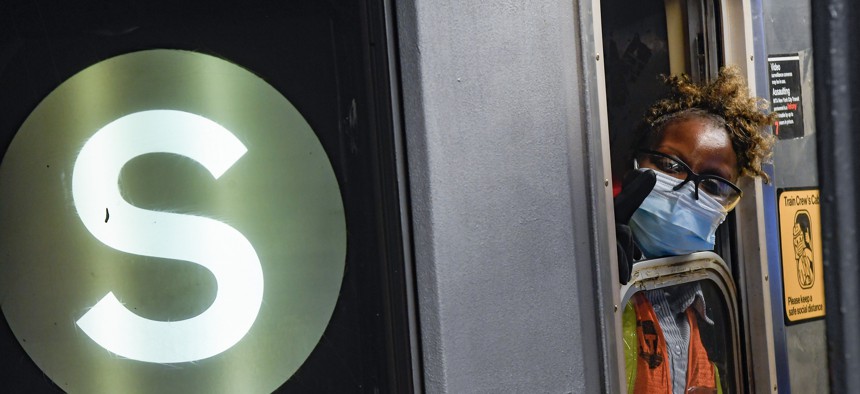Joblessness remains high in New York. Yet, many employers are still struggling to recruit workers like never before in a wide variety of businesses. The reasons why are as varied as the industries involved.
A lot of jobs do not pay enough money to convince people in expensive cities like New York City that they are worth the effort, though many of them might start thinking otherwise now that enhanced federal unemployment benefits have ended. Some people are staying home because they do not want to get vaccinated while others remain fearful of going anywhere that might get them infected by the coronavirus. These are just a few examples of factors that appear to be at work.
Labor shortages are particularly consequential in the public sector. A lack of subway operators is delaying daily commutes. Incarcerated people are reportedly suffering because there are not enough guards on Rikers Island to take them to doctors. Schools across the state have struggled to mobilize enough substitute teachers and bus drivers to cover all the students returning to classrooms this week. Hospitals statewide are tens of thousands of nurses short of what they would ideally have to confront the deadly delta variant of the coronavirus.
Here is a rundown of the public sectors where labor shortages have been reported and why they might be occurring.
Public safety
The number of corrections officers skipping work or calling in sick has doubled over the past year, New York Focus reported in July resulting in more than 12,000 missed medical appointments for incarcerated people. Increasingly dangerous conditions at Rikers Island and potential exposure to COVID-19 appear to be big reasons, according to The New York Times, why guards are taking advantage of their unlimited sick leave and the fact they cannot be fired for absenteeism alone. The Correction Officers' Benevolent Association says the city should hire 2,000 more officers to reduce workloads while Mayor Bill de Blasio has promised to use the NYPD to lighten the burden on the city Department of Correction. Others argue the city could make do with fewer officers by just having fewer people locked up in the first place.
Transit
The first wave of COVID-19 led to a 90% drop in the use of public transit, which led the Metropolitan Transportation Authority to freeze hiring of operations workers like train operators, according to The New York Times. Retirements made the situation only worse – as did this guy – with thousands of train trips cancelled over this past summer alone. Officials promised to hire more people in July. They are also reportedly shortening the eight-month training course for subway operators with the support of Transport Workers Union Local 100, but that still likely means the daily commute for millions of New Yorkers is going to remain bumpy into the new year.
Schools
One side effect of COVID-19 was how it drove out-of-work bus drivers to work for delivery services like UPS while schools remained shutdown. Local school districts statewide are now reporting that they have somewhere around 20% fewer people to get students to newly-reopened classrooms. One state lawmaker has called for New York to follow other states in mobilizing the National Guard to overcome the situation in the short term. Districts also have to deal with a potential shortage of substitute teachers because of low-pay and new policies on working while sick. The union representing teachers in New York City meanwhile has succeeded in getting the city to allow full-time educators to shift to non-classroom work or go on unpaid leave through Sept. 2022 if they do not want to get vaccinated. That in turn could exacerbate any future shortage of substitutes.
Health care
A 2020 report from the state Department of Health found that the state needs somewhere around 39,000 additional nurses, but a number of factors are hindering efforts to fill that gap. Some nurses, and the people who work alongside them, might be quitting or working less because they are burned out from working long hours in the pandemic and it takes years to train someone as their replacements. Nurses have also been among the ranks of health care workers who have threatened to quit over new vaccine mandates from the state. A federal judge has blocked that for now, but so many people have already quit that one upstate hospital had to stop delivering babies in recent days. Still, Gov. Kathy Hochul said this week that she is still fighting in court to implement a mandate. A new state law championed by organized labor requiring higher patient-to-nurse ratios at hospitals will likely mean that facilities will continue to fall short of their ideal number of nurses for the foreseeable future.


